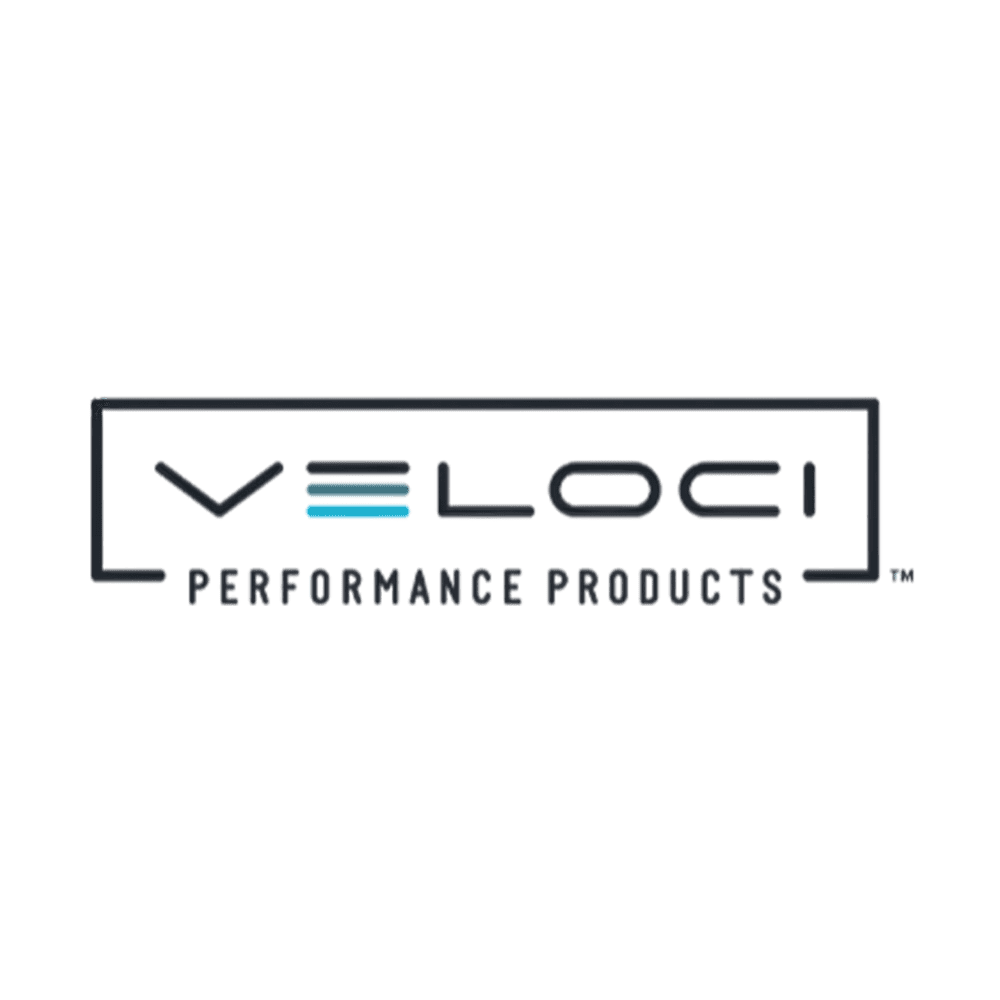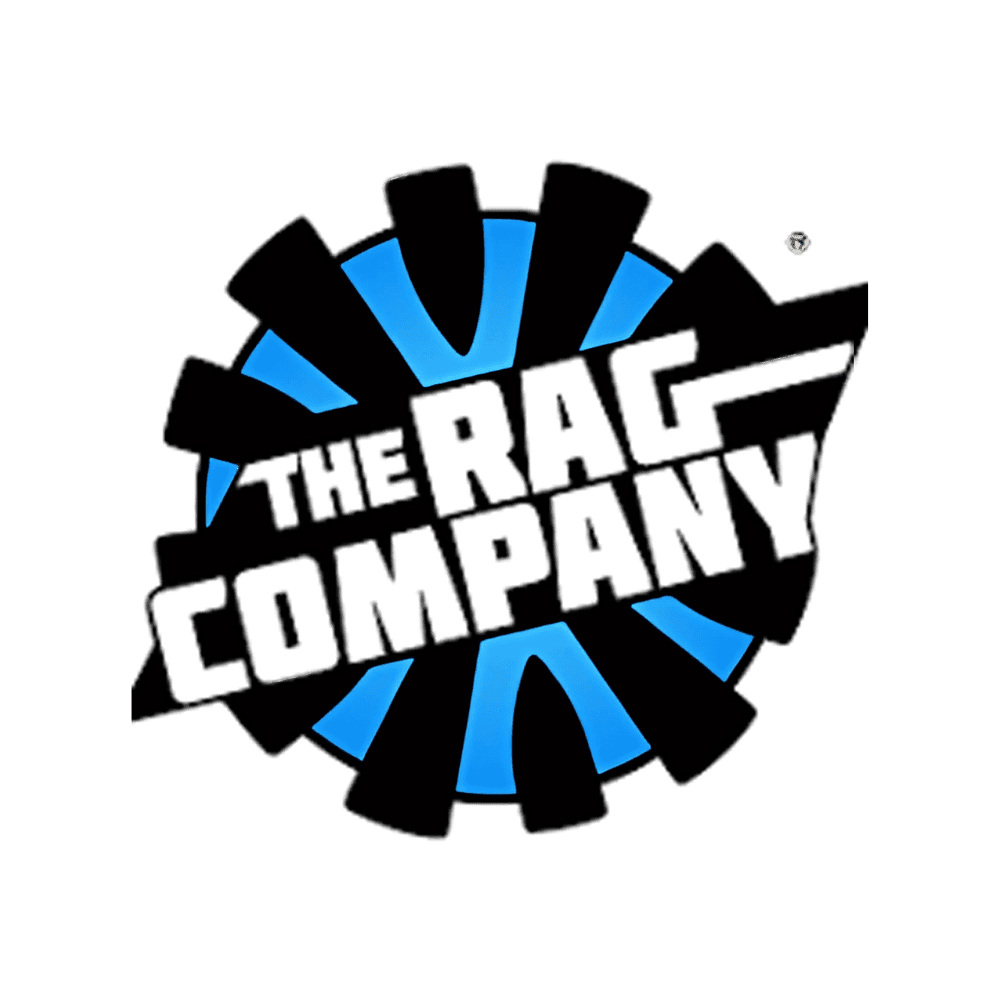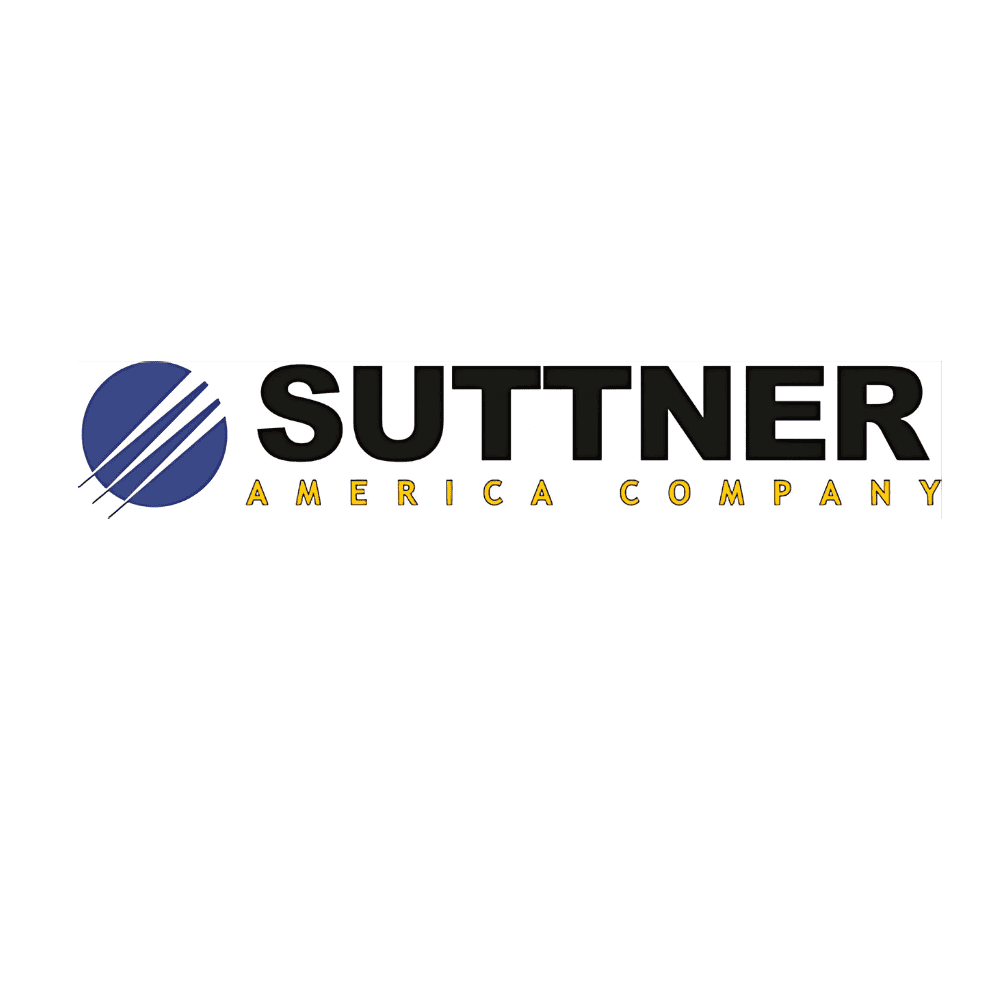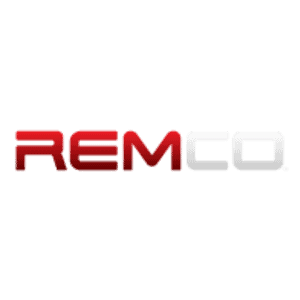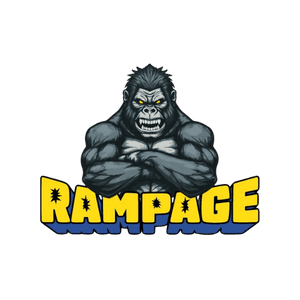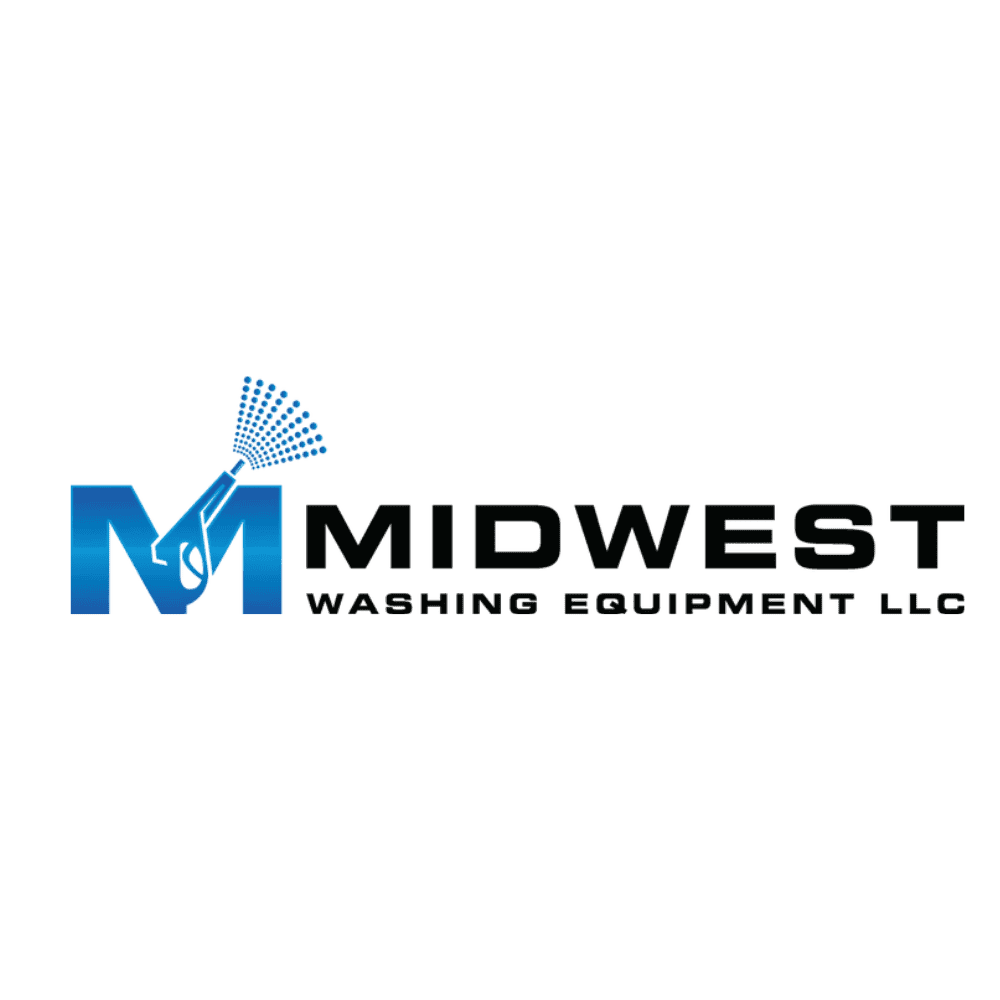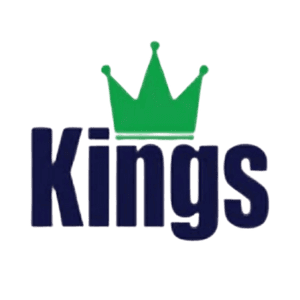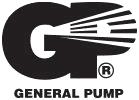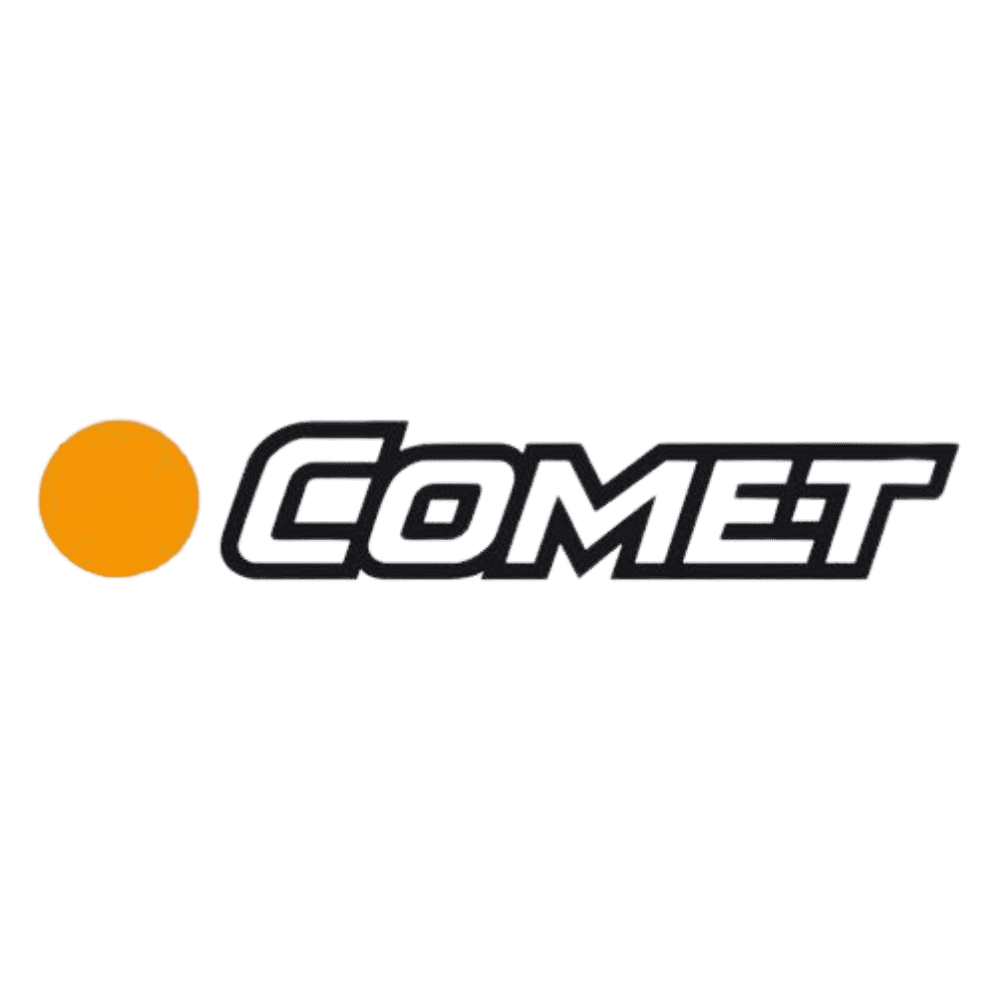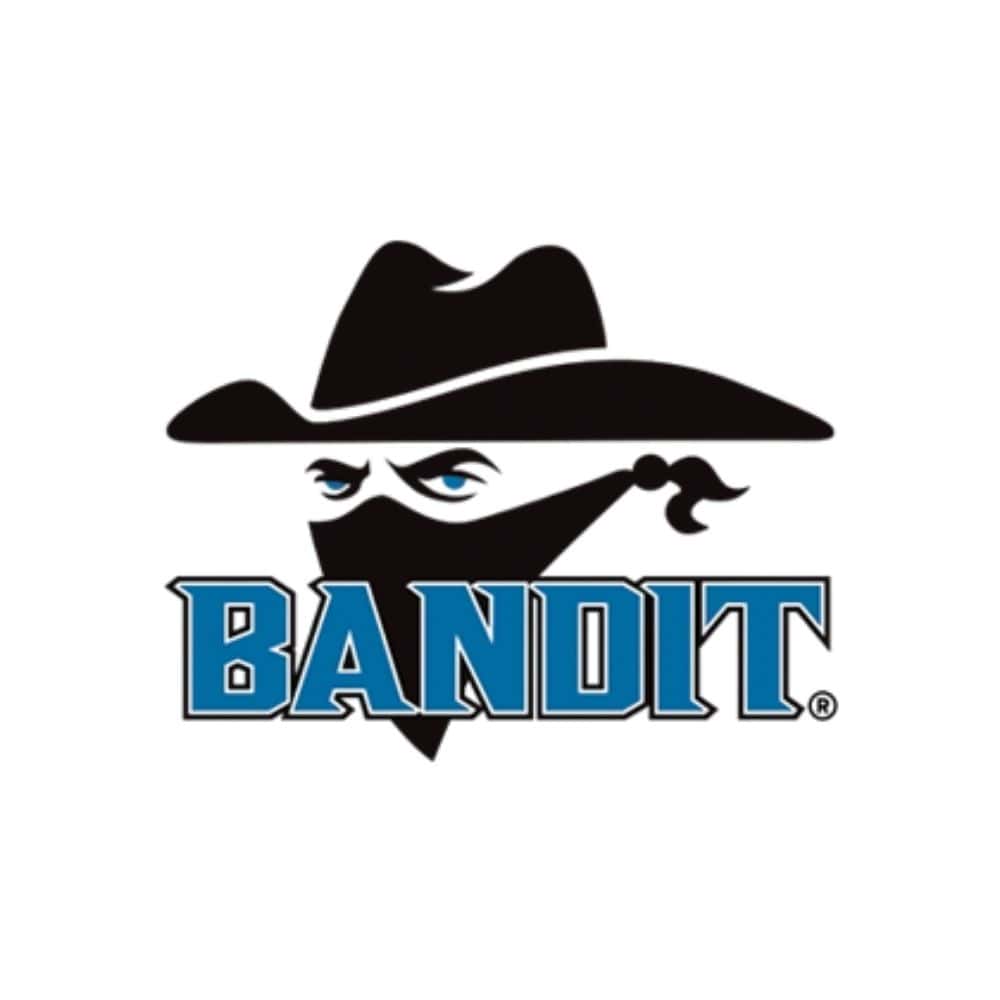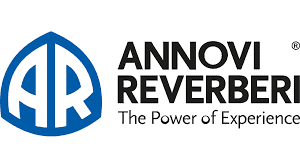2025 Pressure Washing Challenges and Strategic Solutions
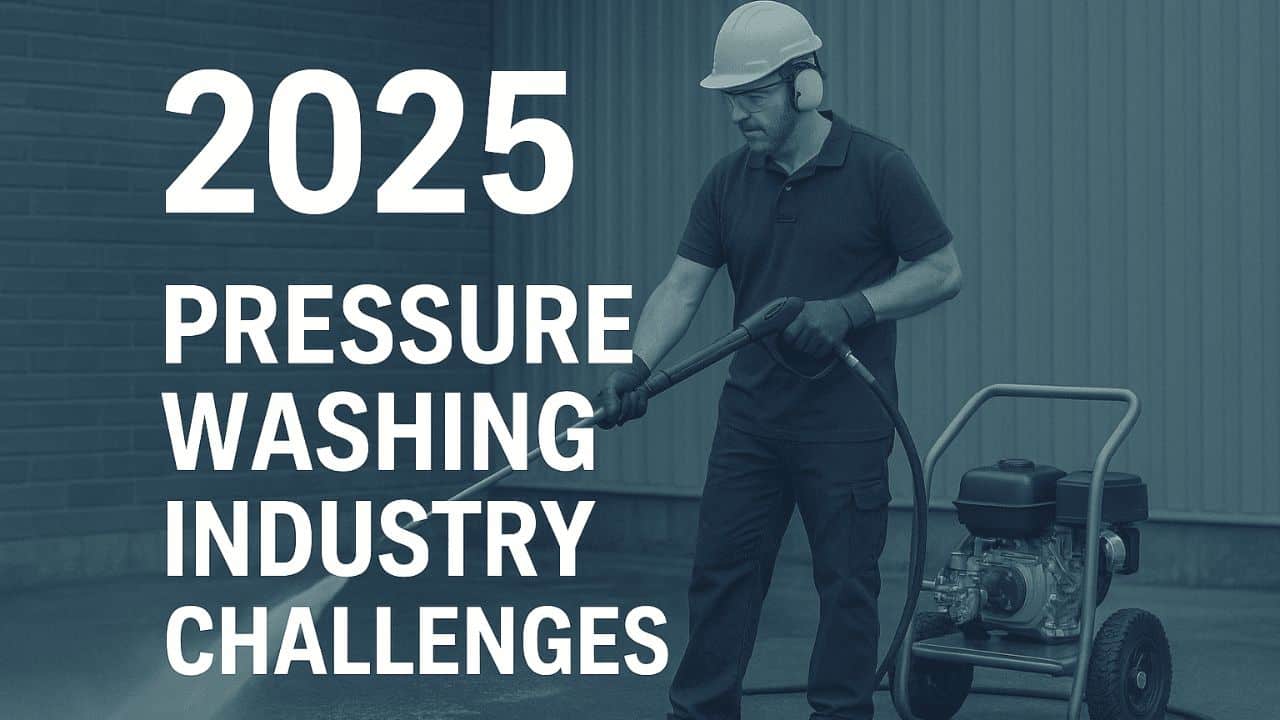
The pressure washing industry in 2025 is experiencing significant transformations driven by technological advancements, environmental considerations, and evolving customer expectations. While these changes present challenges, they also offer opportunities for businesses to innovate and thrive. This article delves into the key factors impacting the pressure washing sector and provides strategic insights to navigate and mitigate these challenges effectively.
Environmental Regulations: Adapting to Eco-Friendly Practices
Increasing environmental awareness and stricter regulations are compelling pressure washing businesses to reconsider their cleaning methods and materials. Traditional cleaning agents and practices are under scrutiny for their environmental impact. Transitioning to biodegradable detergents and water-conserving techniques is essential. Implementing eco-friendly practices not only ensures compliance with regulations but also appeals to environmentally conscious clients. Investing in equipment that minimizes water usage and prevents runoff can further enhance sustainability efforts (Cutting Edge Window Cleaning).
Technological Advancements: Embracing Innovation
Rapid technological developments are reshaping the pressure washing industry. Staying abreast of these changes is crucial to remain competitive. Incorporating smart technologies, such as IoT-enabled equipment and automation, can optimize operations. These innovations allow for real-time monitoring, predictive maintenance, and efficient resource management. Adopting advanced pressure washers with features like adjustable pressure settings and energy-efficient motors can also enhance service quality (Cutting Edge Window Cleaning).
Market Saturation: Differentiating in a Competitive Landscape
The pressure washing market is becoming increasingly saturated, making it challenging for businesses to stand out. Specializing in niche services, such as graffiti removal or eco-friendly cleaning, can help differentiate your business. Developing a strong brand identity and offering exceptional customer service are also vital. Leveraging customer testimonials and showcasing before-and-after project images can build credibility and attract new clients (Jobber).
Evolving Customer Expectations: Enhancing Service Delivery
Customers now demand more personalized and efficient services, influenced by experiences in other industries. Implementing user-friendly online booking systems, providing transparent pricing, and offering flexible scheduling can improve customer satisfaction. Regularly seeking feedback and adapting services based on customer input demonstrates a commitment to meeting client needs (Jobber).
Workforce Development: Building a Skilled Team
Attracting and retaining skilled workers is a persistent challenge in the pressure washing industry. Investing in employee training programs ensures that staff are knowledgeable about the latest techniques and safety protocols. Offering competitive compensation and opportunities for career advancement can also improve employee retention. Fostering a positive work environment encourages team cohesion and productivity.
Conclusion: Strategizing for Sustainable Growth
The pressure washing industry in 2025 presents a complex landscape of challenges and opportunities. By proactively adapting to environmental regulations, embracing technological innovations, differentiating services, meeting evolving customer expectations, and investing in workforce development, businesses can position themselves for sustainable growth and success in a competitive market.
Check out:
“Pressure Washing Market Forecast 2025.” YouTube, uploaded by Growth Market Reports, 12 Feb. 2025, https://www.youtube.com/watch?v=qcu95g9gjOQ.

